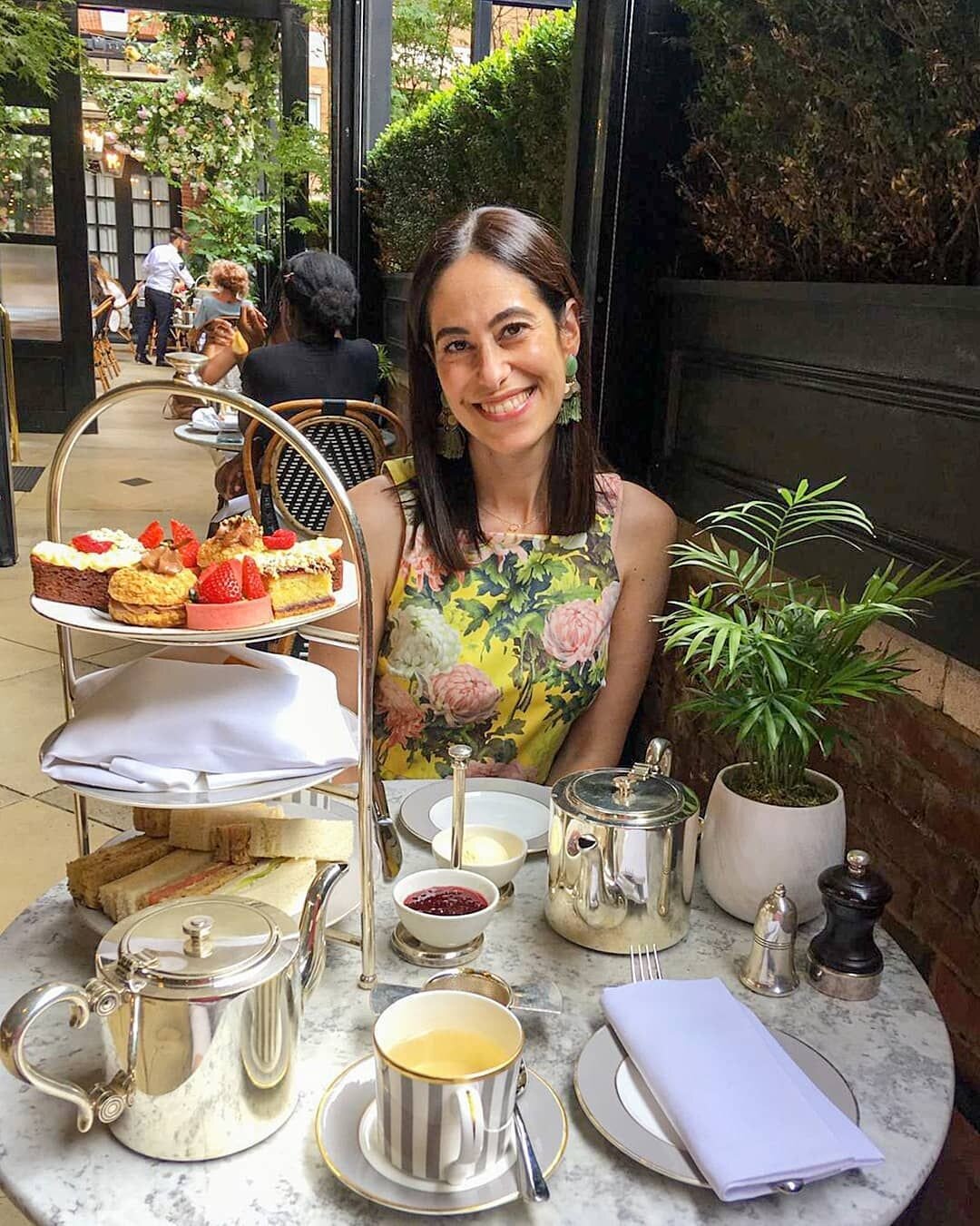A tea tasting in Kyoto, Japan
When Elisa Da Rin Puppel, the Italian tea blogger at Tealisa, asked me about working together on a blog post for The Tea Squirrel about her recent experience at The Tea Crane in Kyoto, I was already familiar with Tyas Sōsen and his natural teas. After listening to his interviews with Mike Newton (The Tea Letter) and Rebecca Razzall (Tea Stream), I was so fascinated that I decided to place an order at The Tea Crane and was positively surprised with all the teas I got.
Without further ado, here’s Elisa’s tea tasting experience at The Tea Crane. Enjoy!
After a long walk in the Kyoto imperial palace gardens, I arrived at The Tea Crane tea shop. It felt as if the bright yellow leaves of the ginkgo trees were showing me the way to one of the most unusual tea masters in the world, Tyas Sōsen.
I’ve lived in Japan for 5 years and I’m definitely more excited to see the bright colors of fall foliage (momiji) than the pale pink of cherry blossoms (sakura). It wasn’t always that way but what changed my mind was my first trip to Kyoto, when I first moved to Japan. Back then, I had no idea that an instructor in The Way of Tea originally from Belgium was about to open one of the most specialized tea shops in Japan.
Tyas Sōsen founded The Tea Crane in 2015 to collect and showcase natural and organic teas from small Japanese farms. But that is not all, Sōsen is specifically looking for seed grown teas, as opposed to those that come from Camellia Sinensis plants that were cloned, which is the standard way to propagate cultivars, like yabukita, one of the most widespread in Japan.
Having read his book, The History of Japanese Tea, I was already familiar with Sōsen’s story. He’s the youngest foreigner ever to achieve the rank of instructor in The Way of Tea as taught by the warrior-style Enshu school of ‘tea ceremony’.
At The Tea Crane there are no tatami mats on the floor but there’s a table with small tea cups placed upside down. A water boiler and warmer is set to 98 C (208 F). Sōsen invites me to pick my tea cup for the tasting and after a little while, I point to one at the very far left. He looks at me and says “How interesting, you chose the only teacup that’s decorated inside. It looks like you’re very familiar with tea objects.”
Photo by Elisa Da Rin
While Sōsen prepares the first tea of the tasting, I’m curious about the steeping method he uses for the most prized green teas and his answer surprises me. “My kettle is always set to 98 C, the water is almost boiling. Once I pour water on my tea leaves, I’m trying to get a feel for the tea, I smell its aroma and try to get a sense of how long it will need to be steeped for. The water temperature is very high for Japanese green tea, so I try to keep my steep time short, around 20 to 30 seconds. I’m not measuring anything but I’m trying to get a feel for it, it’s about practicing mindfulness through tea. I am being present in the moment. Every time the result is different and surprising, there’s no right or wrong and sometimes it’s not perfect but it’s a process and I’m getting to know my teas and to understand instinctively when they’re ready.” What a captivating perspective.
Sōsen shows me the leaves of the first tea without telling me what tea it is but I recognize it immediately. Its small dark green leaves are curly. He dives into the details; this Kamairicha, a green tea that is pan-fried instead of steamed, comes from Kyushu, in Southern Japan, and it’s handmade.
The second tea is from one of the most widespread cultivars in Japan, yabukita. Sōsen explains that yabukita usually yields standard green tea. It’s a favorite by tea producers because it’s easy to grow and predictable in the resulting aroma and flavor of the tea. Sometimes yabukita is used to make black tea, which is the case of the second tea we are tasting, a Wakocha from a micro tea farm in Nara.
This tea is incredibly aromatic and it’s getting better steep after steep. Time flies, we’re tea drunk and feel warm. I cannot resist and decide to purchase a small black kyushu teapot, a little 'omiyage' - journey memory - which will remind me of this experience every time I use it.
Photos by Elisa Da Rin
Thank you, Elisa for sharing such a lovely experience and beautiful photos with us!
You can find Elisa on Instagram and Facebook. You can read her contribution to The Tea Squirrel from last year here.
Tyas Sōsen interviewed by Mike Newton (The Tea Letter)
Tyas Sōsen interviewed by Rebecca Razzall (Tea Stream)
Disclaimer: I am NOT affiliated with any of the brands mentioned.
Addendum: Because of recent events relating to the Covid19 pandemic, I no longer recommend or support The Tea Crane.











